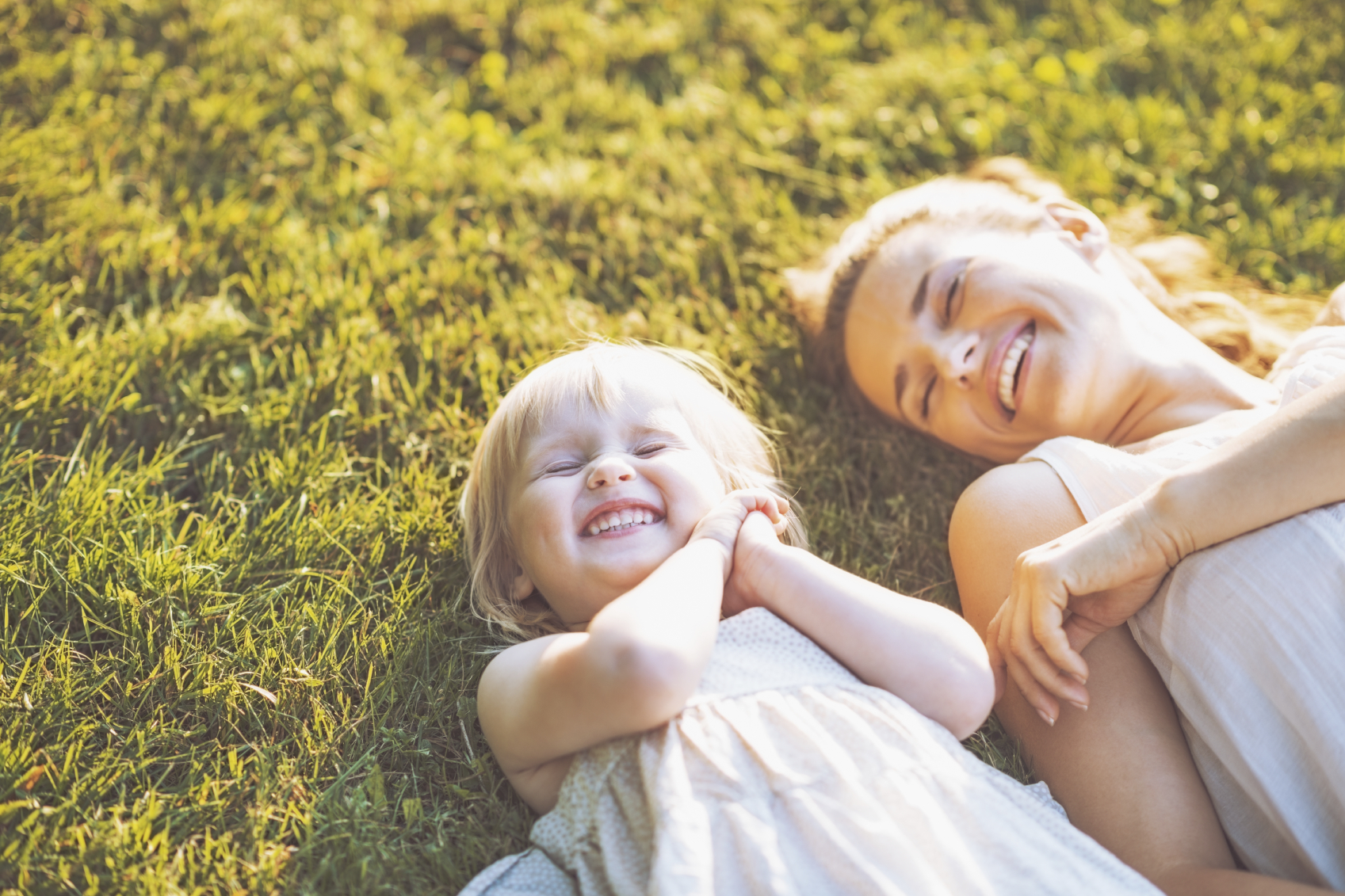Ortho To Go
Contrary to perceptions, all children between the ages of 12 and 18 do not have braces – and not every dental plan pays for orthodontia. In fact, trends are headed in the other direction.
Here are the orthodontic-maximum trends in Delta Dental’s book of business over the last decade:
| Orthodontic Maximum |
2007 |
2008 |
2009 |
2010 |
2011 |
|
Under $1,000 |
1% |
1% |
2% |
1% |
2% |
|
$1,000 |
21% |
20% |
23% |
23% |
21% |
|
$1,200 |
2% |
3% |
2% |
2% |
2% |
|
$1,500 |
29% |
31% |
23% |
23% |
22% |
|
$2,000 |
4% |
4% |
6% |
6% |
6% |
|
Other |
2% |
2% |
4% |
4% |
4% |
|
None |
41% |
39% |
40% |
41% |
43% |
The ortho-max category that’s grown the most over the last 10 years is “none.” Its growth has consistently come at the expense of the second-most-common ortho max, the $1,500 maximum.
However, the percentage of groups with a $2,000 annual max has tripled over the decade. The percentage of groups with a maximum of “other” (almost always above $1,500, and very often above $2,000) has quadrupled. Factoring in growth in Delta Dental’s book of business, real growth in the number of groups with maximums above $1,500 exceeds 700 percent.
What’s behind the eroding of the middle of the ortho-max class? Cost and utilization. Orthodontia claims make up a smaller percentage of all dental claims. In 2002 they made up 6.9 percent of dental claims; in 2011, they made up 5 percent. This doesn’t necessarily mean that fewer children are getting braces; it means that the rate of orthodontia procedures is not going up as fast as other procedures. More than 60 percent of children may be getting braces, but there are fewer children, and therefore fewer potential ortho cases.
(There’s also a chicken-and-egg effect. Fewer ortho claims is also a function of fewer plans covering ortho.)
Also, orthodontia has increased by more than 20 percent over the last decade. Groups that had a $1,500 ortho max in 2002 would have to have a $1,800 max in 2012 just to keep up with dental cost inflation.
Groups with ortho expecting high utilization from their members may find value in paying an extra 4 percent for a higher ortho annual maximum.
At any rate, it appears higher ortho annual maximums are here to stay – and no ortho coverage is becoming the standard for most dental plans.
Related stories
-
Seal-A-Smile: Extending Access and Preventive Care for Wisconsin Children
Wisconsin is fortunate to have one of the most comprehensive school-based sealant programs in the country. Delta … Read More
-
Smiles are Powerful Communicators
What can smiles communicate? Plenty. They can express love, kindness and confidence. They can reassure us and … Read More
-
Dental Plan Designs with Kids in Mind
Quality dental care is essential for a child’s well-being. Research shows cavities are the single most common … Read More
Sign Up Now
Most Liked
- 1 Do Expiration Dates on Dental Products Matter? 305 Likes
- 2 Is Activated Charcoal Safe for your Smile? 167 Likes
- 3 Crazy and Cool Fish Teeth Facts 92 Likes
- 4 What Are Tonsil Stones? 81 Likes
- 5 Delta Dental Protects Your Eyes with DeltaVision® Coverage 74 Likes
- 6 The In-between Tooth: Guide to Bicuspids 53 Likes
- 7 Recipe: Quick Pumpkin Pudding 49 Likes
- 8 Bad Taste After Brushing? Common Explanations 44 Likes
- 9 People with Dental Benefits are Healthier 40 Likes
- 10 Own Your Oral Health: Subscribe now for tips to ensure a bright smile 39 Likes




